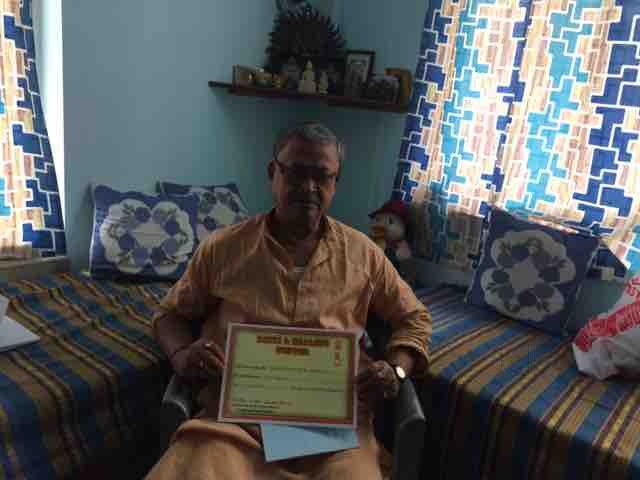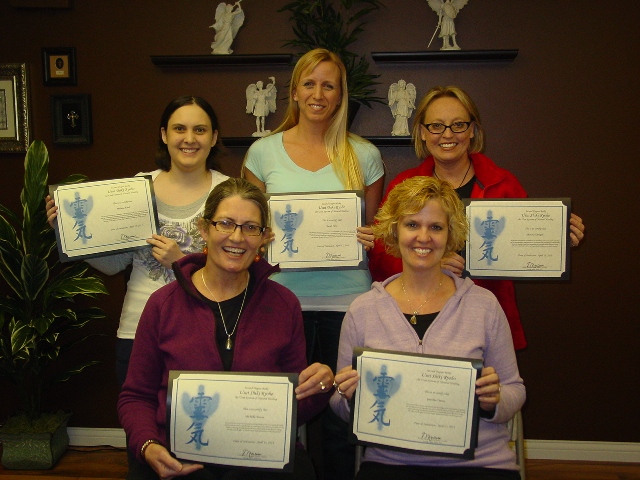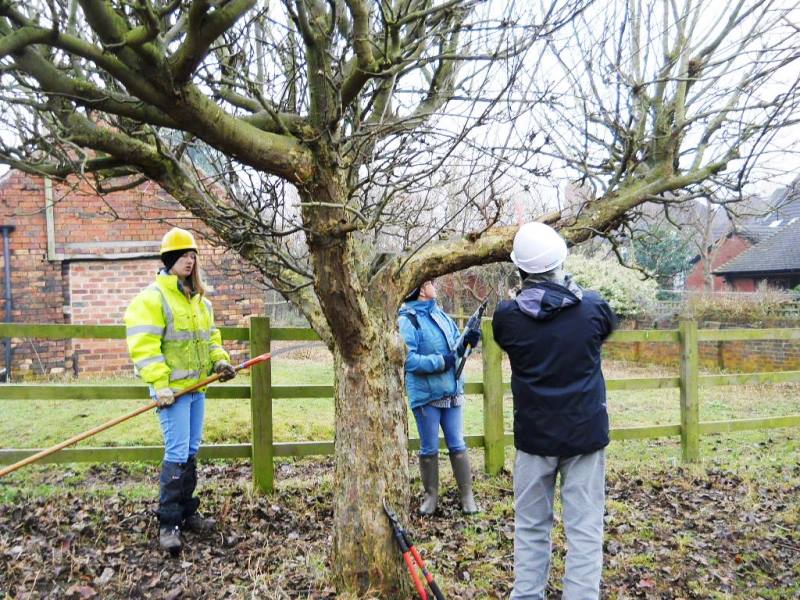Reiki is the Japanese name for the universal vital energy. At the same time, it is a method of letting vital energy flow through the hands.
Reiki activates self-regulation and promotes personal development. As a side effect, it has a relaxing effect and does you good.
The energy of universal life supports all living beings in their development and expression.
It has an effect on the physical body, on the emotional level, on the mental level and on the spiritual level. All this can be felt and experienced by the practitioner.
Once learned, it is easy for the practitioner to let the energy flow through his hands to support himself and his environment, to let Reiki relax and heal.
Reiki is simple
As surprising as the effect at first may be, the sooner it becomes the most normal thing in the world to get your hands on it and let Reiki flow.
Anyone can learn Reiki, provided they have the will to do so. Reiki is not a religion and not a placebo, Reiki is a practical experience and a way of taking control of life.
Working with Reiki requires no effort of will or concentration. It is rather a creative process. Find out more information about Reiki Certification by clicking on this link: http://www.onereiki.net/reiki-certification-requirements/.

The origin of Reiki
Reiki was rediscovered at the beginning of the last century by the Japanese monk Dr. Mikao Usui and has spread all over the world since then. In the early 1980s, Reiki appeared in Europe – until today, thousands of people have made Reiki an important part of their lives.
The diversity of applications
Self-application is an important area of work. Hands are systematically or intuitively placed on different parts of the body.
Self-application can take place between the two in all situations where at least one hand is free: On public transport, when reading or working on a computer, the practitioner places one hand on the stomach or in other easily accessible places and gives himself Reiki.
A deeper experience is possible if the exercise is done in silence or with pleasant music. Part of the first Reiki seminar is a self-application exercise in which hands are placed on all important parts of the body.
A special quality is provided by the daily self-test at a fixed time. A time that the practitioner can only reserve for himself and for Reiki and acquire deep experiences.
Thanks to the continuity of the application, the practitioner finds a deeper relationship with Reiki and is better able to identify developments.
Advanced users can use Reiki to work, reflect and develop fixed relationships and personality traits. In the advanced course, exercises are taught that support inner work in a special way.
Another possibility is to give Reiki to other people. The most pleasant form is probably the application on the whole body.
Hands are placed on all important parts of the body for a few minutes at a time. In total, a whole body treatment takes about an hour, so the recipient has the opportunity to relax deeply or fall asleep.

There is not always enough time for a complete body treatment. A short form of sitting exercise can be done in 20 minutes and is also very enjoyable. Advanced users can also give Reiki remotely, so no appointments are necessary, especially for long-term assistance.
The variety is also reflected in the different focal points that each practitioner can set in his work. A few examples should illustrate this:
A nurse who gives her patients applications so they can fall asleep better.
A student who treats himself with Reiki before the exams and prepares the situation for the exam with Reiki.
A person with a chronic disease who wants to make optimal use of his or her resources and develop an understanding of the meaning of his or her situation.
A person who feels particularly close to his Creator in his work with Reiki.
A stressful employee who wants to learn how to cut his head off at the end of the day.



